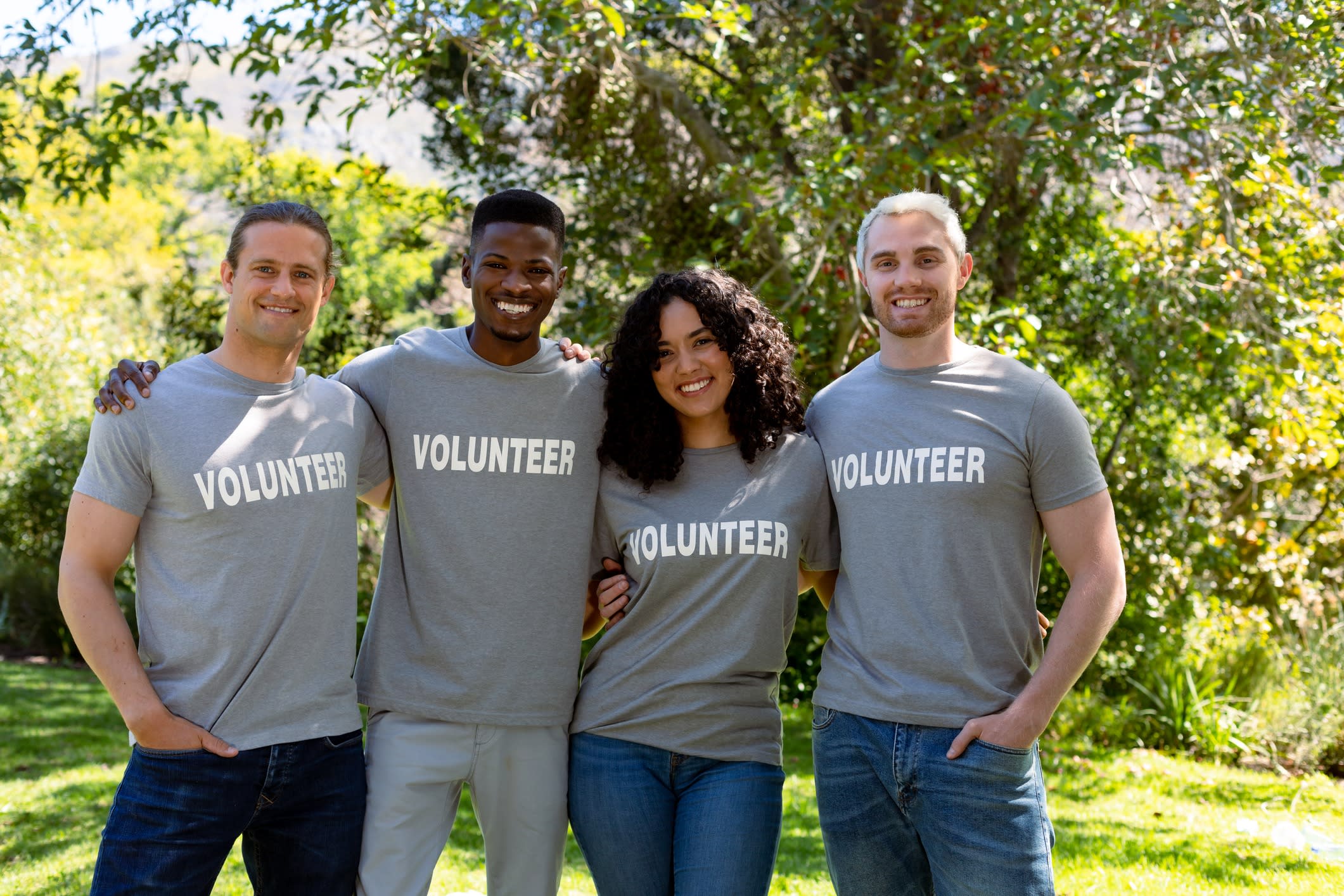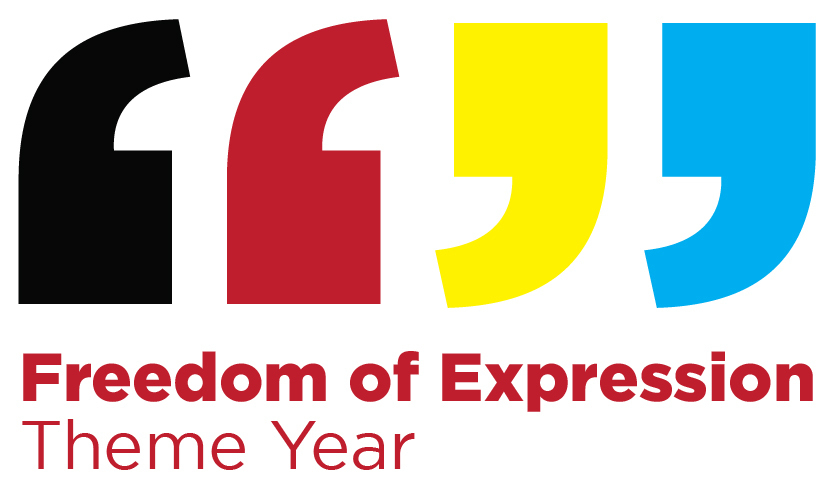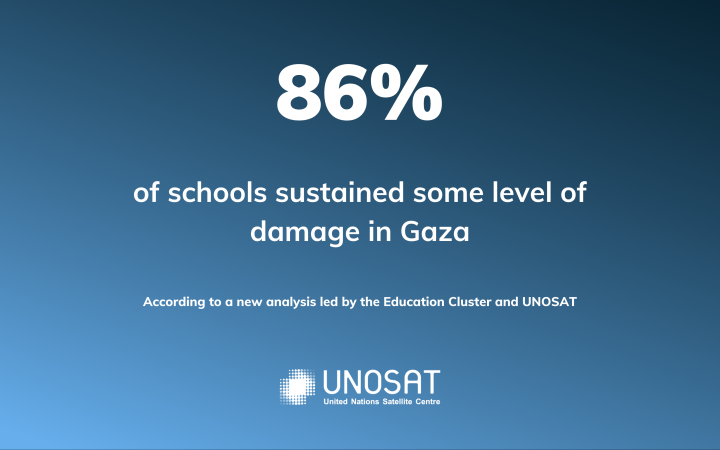Volunteerism is waning in Australia. The army of Good Samaritans propping up the country’s social and economic fabric is shrinking. But it’s not necessarily a lack of desire to volunteer that’s to blame.
Herman Tse
Associate Professor, Department of Management
Kohyar Kiazad
Associate Professor, Department of Management, Monash Business School
Rather, the sector is suffering from a funding shortage and increased demand for volunteer labour, compounded by a complex web of systems for attracting, training and retaining volunteers.
In short, the volunteers who give so much of their time – assisting people with disabilities, running community sport, providing disaster relief in floods and fires – need support in return.
A Volunteering Australia study shows that in 2021, only one in five people (about 20%) was actively volunteering in the community. This is a drastic reduction from 36% in 2010, and 29% in 2019. Regional and rural areas are particularly hard-hit, and without urgent intervention the downward spiral will continue, jeopardising the $58 billion volunteers contribute to the Victorian economy alone.
Professor Herman Tse and Associate Professor Kohyar Kiazad from the Monash Business School have recently partnered with Volunteering Victoria (VV) to help articulate the challenges facing volunteerism and develop strategies to strengthen the sector, which was pushed to breaking point during the COVID-19 crisis.
“While volunteering is making a return since the easing of the pandemic, participation in volunteering had already been gradually declining in the last decade,” says VV Acting CEO Dr Antoine Guillemette.
“This means that even if we were to return to a pre-pandemic participation level, it would still be much lower than a decade ago. It’s imperative that we find ways to reverse this trend.”
How do we recruit more volunteers?
It’s not a lack of community goodwill holding back volunteerism. The sector needs to innovate and become more accessible to more people if it’s to remain relevant and sustainable in the long term.
This means improving diversity and inclusiveness, and embracing flexible modes of volunteerism, whether it be through remote engagement, hybrid collaborations, or informal ad hoc opportunities, rather than relying too heavily on volunteers making a regular commitment.
The sector also needs to remove the administrative and cost barriers preventing would-be volunteers from participating.
VV’s State of Volunteering Report 2020 found volunteers were out of pocket an average $1497 in 2019. Many others are deterred from volunteering by entry barriers, such as onerous screening processes, which add a layer of red tape to the recruitment process.
“There are serious, urgent problems facing the volunteering sector, and the sector needs acknowledgement, support and resourcing to sustain and grow its contribution.”
In its submission to the 2022 state budget, VV called for the introduction of a volunteer passport to provide a sector-wide platform for the recruitment, screening and training of volunteers.
It’s also seeking an expenses fund to reimburse low-income volunteers for expenses incurred through volunteering. This would remove the cost barrier currently excluding large cohorts of the community from joining the volunteer workforce.

“What we know for sure is that the benefits of volunteering for individuals and communities are manifold,” Dr Guillemette says. “Those who volunteer report a greater life satisfaction, an enhanced sense of wellbeing, connection, meaning and purpose, and a positive impact on their physical and mental health.
“However, despite the universality of community giving across population groups, many cohorts are underrepresented in formal volunteering due to systemic disadvantages and social determinants. It’s incumbent on all of us to find ways for volunteering to be more equitable, diverse, and inclusive.”
Agitating for change
The November state election presents a valuable opportunity for Monash and VV to work together to agitate for critical change. The sector demands a sustainable investment commitment, inclusion across all Victorian government workforce strategies, and oversight through a dedicated ministerial portfolio. These claims and more are outlined in VV’s State Election Priorities.
“It’s time to take a proactive approach towards reinvigorating Australia’s struggling volunteering ecosystem,” says Professor Tse. “There’s a strong social, health, and economic imperative to ensure Australia can sustain a volunteering sector that’s valued, supported and attractive to entice volunteers to stay long-term.”
Associate Professor Kiazad says it’s important the voices of Australia’s hard-working volunteers are heard.
“There are serious, urgent problems facing the volunteering sector, and the sector needs acknowledgement, support and resourcing to sustain and grow its contribution.
“Ultimately, we want to influence policy formulation and funding allocation processes to address these critical challenges.
“Our goal is to also collaborate closely with VV to co-design and deliver evidence-based programs to support skill development of under-resourced volunteer managers, to help retain a high-quality volunteer workforce.”








